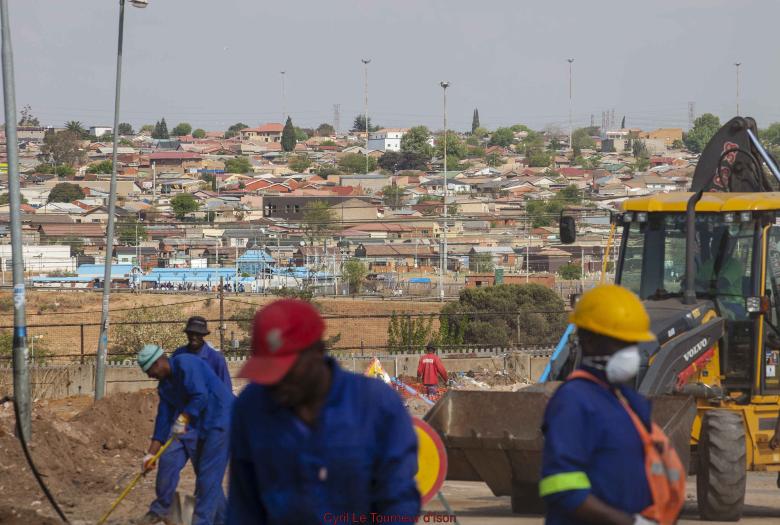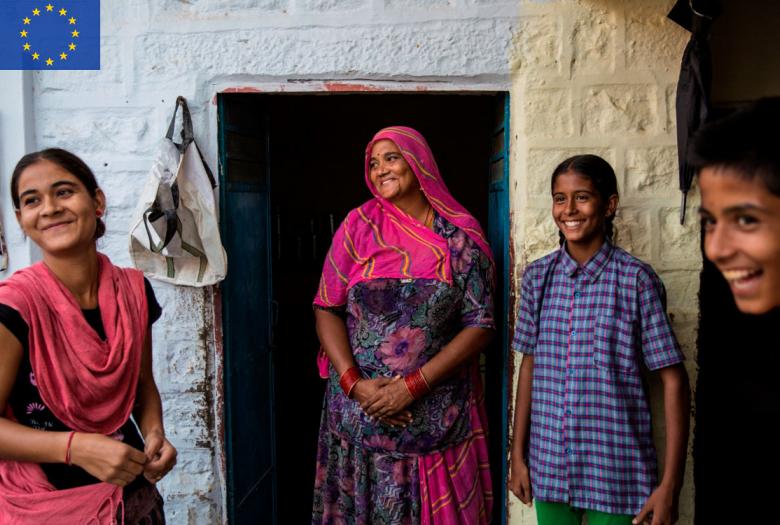
This project also originally focused on the analysis of inequalities in Burkina Faso. However, this project has been suspended.
Despite a significant progress in Vietnam in terms of growth, poverty reduction and even inequality reduction, efforts on inequality and human development issues still need to be done.
In Vietnam, nearly 30 million people have been lifted above the official poverty line over the last three decades, and the country's human development index (HDI) has risen significantly. However, data shows that income inequality in Vietnam has increased over the last two decades. According to the World Bank, the Gini index rose from 35.7 to 38.7 from 1992 to 2012. Besides, in 2014, there were 210 super-rich individuals in the country whose combined wealth stood around $20bn, which is equivalent to 12% of the country's GDP. In fact, according to Oxfam-Vietnam calculations, the richest man in Vietnam earns more in a day than the poorest Vietnamese earns in 10 years.
This project is part of the first phase of the Research Facility on Inequalities, coordinated by AFD and funded by the European Commission's Directorate-General for International Partnerships over the 2017-2020 period. The first phase of the Facility has led to the conduct of 22 research projects and the publication of around 100 research papers and policy briefs.
The goal is to adopt a multidimensional approach to provide convincing analysis on inequality. This will focus especially on inequality of opportunities and voice in order to use this as a process to engage with relevant stakeholders, especially in the debates on policy options to tackle inequality, and in mid-term to use the MIF as a way to influence monitoring of SDG 10 in the country.
The specific goals are as follows:
- The "Oxfam Vietnam Inequality Framework" is developed, piloted and adopted to the Vietnamese context;
- The OVIF is used as a tool to enhance in-depth understanding on multiple dimensions of inequality (paying special attention to inequality in voices and opportunity) and identify concrete policy gaps to tackle inequality in Vietnam;
The OVIF research findings and methodology are shared with policy makers, research institutes, and other development institutions.
The Multidimensional Inequality Framework is designed to capture the multidimensional nature of inequality, which is experienced across a number of 7 life domains, and that there are many different forms of inequality (such as concentrations of wealth, pay gaps, dispersion of income, social gradients in mortality, and greater social isolation experienced by the elderly). Within each of the 7 life domains, the framework offers a series of sub-domains and a number of indicators and measures which can be used to measure and monitor multidimensional inequality in a given context. Many of the indicators and measures suggested under each subdomain are related to the SDGs framework, which governments are already committed to monitor. This can be a useful element to guarantee at least a minimum level of data availability in all countries. Besides, the Oxfam Inequality Toolkit, which is a key companion for the practical implementation of the MIF in a given context, suggests several global databases, aside from national household surveys, to be used by teams willing to implement the framework.
The research findings point at persisting, critical inequalities across several life domains. After conducting quantitative and qualitative analysis, the research identifies large gaps between subpopulation groups across spatial, socio-economic, and ethnic axes of inequality in their capability to enjoy the right to a proper, quality education and to experience a life free of illness and access to quality healthcare facilities. People belonging to ethnic minorities (EM), women, and people living in rural provinces are more affected by inequalities in health and education than the Kihn, men, and higher-income households living in predominantly urban areas.
Furthermore, inequality in the capability to participate, raise one’s voice, and influence public matters is extremely acute between men and women and the poorest households, with a lower level of education, compared to the richest, urban, highly educated households.
You may find the research paper and the policy brief here:
- Research paper: Multidimensional inequality in Vietnam
- Policy brief: Multidimensional inequality in Vietnam
Please find the presentation of the report "Multidimensional Inequalities in Vietnam” by Vu Thi Quynh Hoa (Head of Campaign & Advocacy in Oxfam Vietnam) and Dr. Phuong Duc Tung (Director of the Mekong Development Research Institute) during the second webinar of the AFD Research Conversations:

This project is carried out with the support of the European Union
Contact:
- Anda David, Research Officer, AFD
The content of this project information sheet falls under the sole responsibility of the AFD and does not necessarily reflect the opinions of the European Union.
-
on the same region
-
on the same topic















